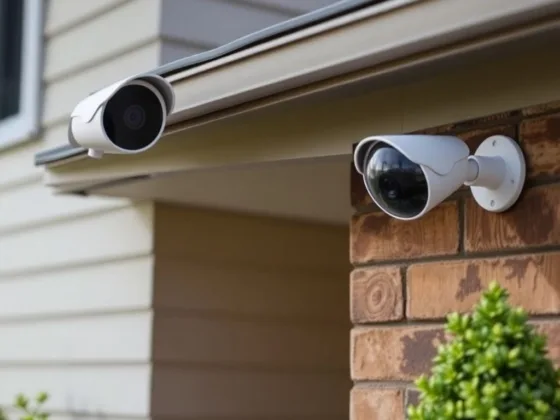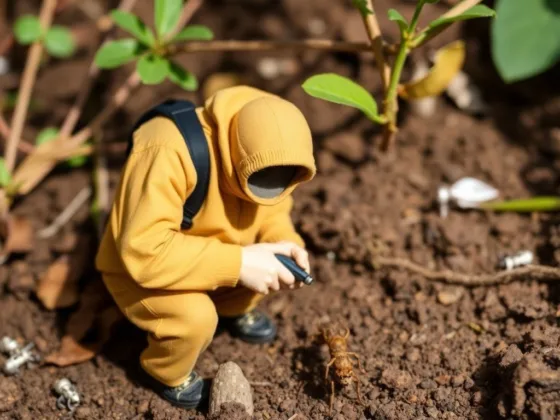Table of Contents Show
No one wants to experience a water backup at home. There are several causes of a water backup, the most common of which is a clog in your pipes.
However, it is possible that the backup can be caused by an issue at the water treatment plant or sewage plant.
Whatever the cause, a water backup means that the wastewater and other sewage products that normally flow away from your home, go the wrong way in the pipes and come into your home through the drains.

Although disgusting, it is not the worst thing that can happen to your home. Here is what you do if it happens.
Avoid Using the Drainage System
The first thing you need to do is to look at all the drains in your house. A water backup will usually start at the lowest drain.
This is generally the shower. It will then move to the next highest, the toilet, and then sinks.
If you only have one appliance backing up then you may have a clog in your local pipes which needs to be cleared.
Of course, if the backup is in all the appliances the problem is related to the main sewer drain. This can be on your property or off.
Once you have identified which appliances are affected, stop using them until the issue is resolved. Using them makes it worse.
Find The Issue
The best thing to do next is to get a drain camera and insert it into your drains. You will be able to see the condition inside your drains and find any clogs or damage, which could be causing an issue.
In fact, it is a good idea to run the drain camera through regularly, allowing you to locate and deal with clogs before they cause a water backup.
Locating the clog means you will be able to deal with it.
Read Also:
Removing The Blockage
There are several techniques to remove blockages in your main sewer pipe. The most common approach is to use drain rods that can be inserted into the pipe and attached to each other.
The front one has a spiral-shaped end that can break up a clog, allowing the wastewater to flow away from your home.
If you are not comfortable doing this then you can call the professionals. They may even use high-pressured water to remove the clog.
Prevention Steps
Once the blockage has been removed the wastewater will flow properly again. However, you can help^to prevent it from happening again by inspecting the interior of the pipes regularly.
You should also be careful regarding what items are placed down your drains. It is best only to allow human waste and toilet paper into the drain system, along with water.
Anything else, such as sanitary products, children’s toys, and even fishing lines, belongs in the bin.
Preventing a clog takes a little effort which is much better than the hassle of cleaning up after the wastewater has backed up into your home.










